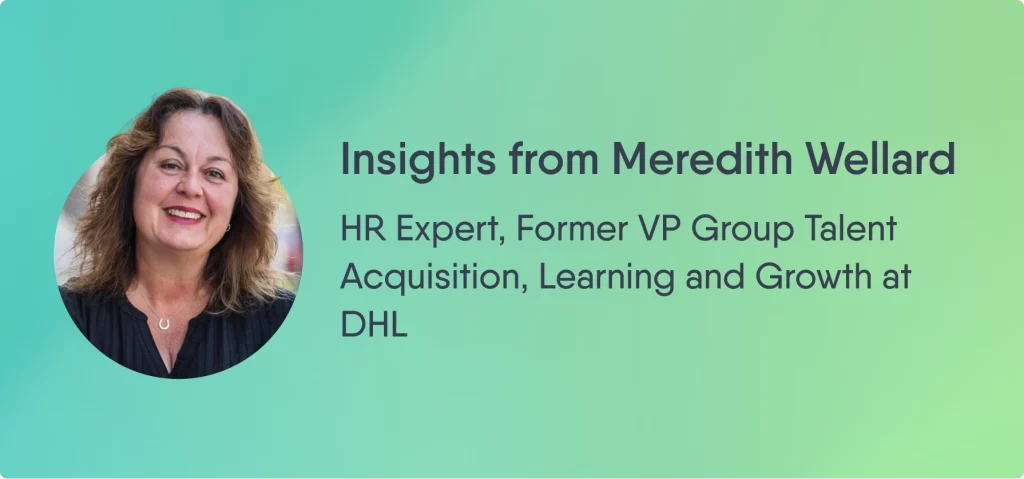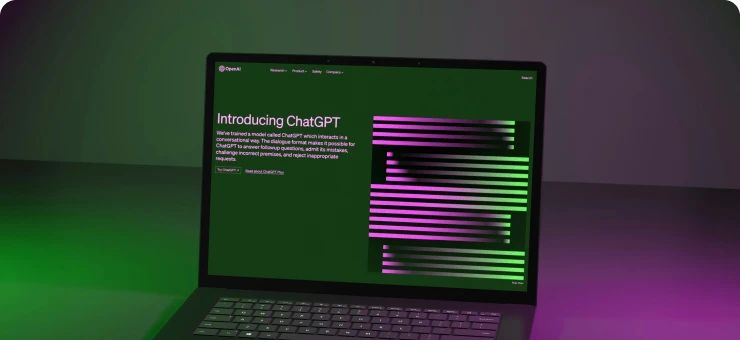A guide to effective governance in Employee-generated Learning
We’ve discussed Employee-generated Learning (EGL) numerous times, and governance remains a critical issue when rolling out EGL. To find out how to tackle this topic, we held a roundtable session with 30 enterprise customers of Easygenerator.

The session focused on the importance of governance in breaking silos and maintaining oversight of the e-learning library, as well as ensuring course quality and accountability.
Governance is a hot topic when it comes to rolling out EGL, and for good reason—it’s essential for maintaining quality, alignment, and efficiency at scale. The brainstorming session yielded fantastic insights, and we’re excited to share them with you.
What is governance?
Governance of EGL is about giving structure to the process of creating and publishing e-learning content. It helps your authors stay on track while making sure the content supports your organization’s goals.
Here’s how governance helps:
- It ensures that employees know how to obtain a license to create courses.
- It provides guidance for authors on how to create effective courses that meet quality standards.
- It provides transparency into what content is being created by authors and why.
- It helps to decide which topics need course creation and which do not.
- It keeps courses up to date and prevents outdated materials.
- It helps to avoid duplicate content by making sure employees check what already exists.
In short, e-learning governance keeps the end-to-end process of e-learning creation, publication, and maintenance clear, consistent, and aligned with your organization’s needs.
Why is content governance important?
Effective content governance makes your EGL run smoothly and ensures your training delivers real business impact at scale. With the right framework in place, you can set your course authors up for success while ensuring knowledge in your organization is effectively captured and well-maintained.
Effective governance saves time by reducing the need for extensive course reviews, encourages SMEs to participate by providing support, promotes departmental independence while staying within guidelines, and ensures that courses align with organizational goals and branding.
Governance isn’t about strict rules—it’s about creating a framework that helps everyone work smarter while delivering high-quality learning.
Managed democratized EGL: A learning governance model
Governance in EGL is all about balance. Ensure your SMEs have the tools and autonomy to create courses but still keep enough structure in place to maintain quality and alignment.
This balanced approach for EGL—what we call a managed democratized model—combines freedom for SMEs with oversight that ensures content remains relevant, accurate, and aligned with your business goals.
Here are a few strategies to help you adopt this approach:
Set clear principles to guide course creation
- Make it easy: Keep processes straightforward so SMEs feel comfortable creating content. Use decision trees to assess training needs and provide easy-to-follow templates. Here is a checklist to ensure you have everything ready in your e-learning, before publication.
- Good enough is enough: Courses don’t need to meet formal instructional design standards. Instead, they should focus on helping learners acquire the knowledge they need quickly and effectively.
Use practical tools to support the process
- Checklists help SMEs ensure basic quality, like checking for typos, following branding guidelines, and defining clear learning objectives.
- Templates save time and ensure content stays consistent with your organization’s style and structure.
- Reporting tools provide oversight on what’s being created without micromanaging SMEs.
Create collaborative structures to break silos
- Assign divisional admins to act as points of contact for SMEs, sharing ownership and responsibility with the business division.
- Hold regular admin meetings to share best practices and align strategies across departments.
- Encourage co-authoring to share existing resources and prevent duplicate efforts.
Maintain oversight without creating bottlenecks
- Use light-touch reviews, like basic LMS checks, to confirm functionality and appropriateness without slowing down the process.
- Decentralize tasks like SCORM uploads by delegating them to teams outside of L&D. This will streamline workflows and reduce delays.
Breaking silos: Collaboration strategies for EGL governance
Silos can slow down processes and lead to duplication of effort, so breaking them is essential for effective EGL governance. Here are a few strategies you can use:
-
Involve business units
- Create divisional administrators: Assign a go-to person for each business unit (BU) to handle questions about licenses, course creation, or publication. These admins provide first-line support for SMEs and help distribute responsibilities, ensuring smoother operations for the central L&D team.
- Engage in regular collaboration: Hold quarterly meetings with divisional admins to share best practices, review progress, and foster alignment across the organization.
- Shift accountability: Nominate a leader in each BU to co-govern EGL alongside the central L&D team, ensuring clear roles and responsibilities. This will encourage ownership and keep learning governance distributed across departments.
-
Establish a single source of truth
- Centralize content in an LMS or LXP: Make the LMS or LXP the only place for SMEs to publish courses. On Easygenerator, you can easily do that by disabling other publication methods.
- Encourage SMEs to check for existing content: Instruct SMEs to review what is already in the LMS or LXP to avoid duplicate courses.
- Use naming conventions: Apply clear naming rules in the LMS or LXP to track where training originates and to make courses easier to manage.
- Monitor with reporting: Perform routine backend reporting to track which courses are being published and consumed.
-
Streamline SME processes
- Build an intranet hub: Create a centralized space for SMEs to request access to e-learning creation and outline their e-learning ideas.
- Offer a checklist for course creation: Equip SMEs with a simple checklist to confirm that they’ve followed the right steps for creating and publishing courses.
How to tackle common governance issues
How to ensure course quality
Course quality doesn’t need to be perfect, but it must be effective and aligned with your organization’s goals. The roundtable participants shared these practical steps to maintain quality:
- Link authors to their courses: Identify each course by the author’s name and department in the LMS. This creates transparency and encourages responsibility for content quality.
- Certify compliance: Require authors to confirm that their courses align with your organization’s branding, values, and learning objectives before submission
- Set basic standards: Provide simple guidelines for authors covering:
- Branding requirements.
- Standards for first-page content.
- Clear structures for modules, including durations and chapter numbering.
How to ensure up-to-date content
Keeping content up-to-date is critical for effective learning. The participants of the roundtable highlighted these strategies to maintain and update courses:
- Track course lifespans: During course creation, ask authors to define how long their content will remain relevant (e.g., six months or one year).
- Archive outdated courses: Automatically archive content that hasn’t been updated within its lifespan. This prevents learners from accessing irrelevant materials.
- Monitor through reporting: Use tools like LMS reporting to track which courses are being consumed and to identify outdated or underperforming content.
Conclusion
Implementing a clear governance framework can help organizations maintain quality, encourage collaboration, and align learning content with business goals. Balancing autonomy and oversight ensures that SMEs are empowered to contribute their knowledge effectively while staying within established guidelines.
With the right governance model in place, your organization can unlock EGL’s full potential, driving innovation, efficiency, and impactful learning outcomes at scale.
 14 day trial with access to all features. Start with variety of course templates.
14 day trial with access to all features. Start with variety of course templates. Get unlimited design inspirations. Level up your courses.
Get unlimited design inspirations. Level up your courses. Upload your PowerPoint presentations. Get instant courses created.
Upload your PowerPoint presentations. Get instant courses created.




